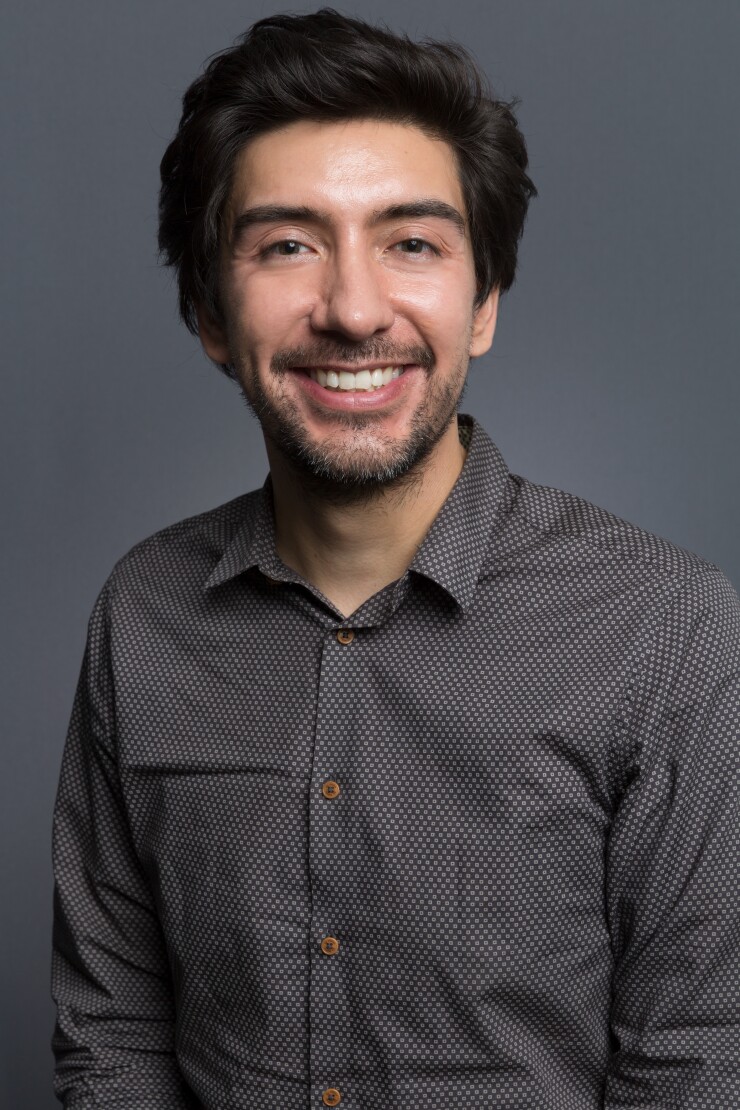A New York advocacy group has revived its far-reaching — some say far-fetched — proposal to establish a 24-mile rail line to serve Brooklyn, Queens and the Bronx using existing rail tracks it would share with freight lines.
The state-run Metropolitan Transportation Authority, after lobbying by the think tank Regional Plan Association, said it would fund a study of the light-rail, above-ground line that would connect the Brooklyn Army Terminal in the borough’s southern portion with Co-Op City in the Bronx.
A bill filed by state Assemblywoman Latrice Walker, D-Brooklyn, directed the study. The line would involve 22 stops and connect with 17 subway lines, four commuter railroad lines and dozens of bus lines.

“It will take a lot of work to push this across the finish line,” she said.
RPA has estimated the cost at $1 billion to $2 billion. It first proposed the line in 1996, and included it in its fourth regional plan, which it released two years ago.
RPA officials say new enthusiasm and funding, a more creative transit mindset and emboldening of outer-borough interests could make a difference this time. The city’s four outer boroughs have built out, even as regional transit remains Manhattan-centric, pressuring city and transit operating and capital budgets.
Still, the plethora of MTA megaprojects on its plate already, such as East Side Access and the next phase of the Second Avenue subway line, would compete for funding. The authority, one of the largest muni issuers with $44 billion in debt, also has compelling state-of-good-repair catchup needs for its existing infrastructure.
“Despite the improvements in our system, the commutes for outer borough residents are getting longer, and they already had long commutes to begin with,” Vanessa Barrios, an RPA senior associate for state programs and advocacy, said at an Oct. 28 public meeting at the Brooklyn Historical Society.
Many job opportunities have opened up across the boroughs, according to Samara Karasyk, chief policy officer of the Brooklyn Chamber of Commerce. “People are going from Brooklyn to Queens, Queens to Brooklyn, Brooklyn to the Bronx, and they have to go through Manhattan to get there. More than half of Brooklynites don’t have cars.”
The Triboro line would use existing tracks, making it simpler and cheaper to construct, according to RPA vice president
The proposed line would share tracks with existing rail lines, including MTA’s Long Island Rail Road in southern Brooklyn; freight railroad CSX's tracks in Queens; and Amtrak’s main line over the Hell Gate Bridge to the East Bronx.
Freight and passenger rail have effectively shared tracks in Chicago, London and elsewhere, according to Barrios.
“Chicago is one of the biggest cities that actually has this phenomena of freight and passenger service living in harmony on one line,” she said. Roughly 80 freight trains and 120 passenger trains run on the same track every day.
“If they can do it, we can do it.”
New Jersey's Transit's River Line between Trenton and Camden, which opened in 2004, shares track with freight.
Competing cities have “outclassed” New York in transit, said Nick Sifuentes, executive director of the Tri-State Transportation Campaign.
He cited London Underground’s 73-mile, £17 billion ($22 billion) Elizabeth Line and a four-line, 60-station expansion of the Paris Metro at a cost of €26 billion ($29 billion). Los Angeles is investing $100 billion into its transit expansion.
“Whether it’s the Triboro, whether it is Second Avenue Subway phases 2 or 3, or cross-harbor freight rail tunnel, these big ideas get stymied when we get to the point of policymakers making the kinds of long-term decisions that will outlast longer than their terms,” Sifuentes said.

A separate outer-borough rail line proposal is already on the table: Mayor Bill de Blasio’s
Skeptics have questioned whether the 11-mile, $2.7 billion waterfront route from Astoria in Queens through downtown Brooklyn to Red Hook, can materialize amid two huge variables — real estate value capture and aid from Washington.
State Sen. Jessica Ramos, D-Queens, said the Triboro line could integrate well with the congestion pricing mechanism earmarked for Manhattan south of 60th Street beginning in 2021.
She also said much hinges on how well the MTA executes a
“I think that we need to lay out a few reforms first, because we know how construction with the MTA works,” Ramos added. “It is often overpriced. It often goes beyond when they say it will be done. So it’s important to work on transparency and accountability and making sure that the procurement processes are done responsibly.”





